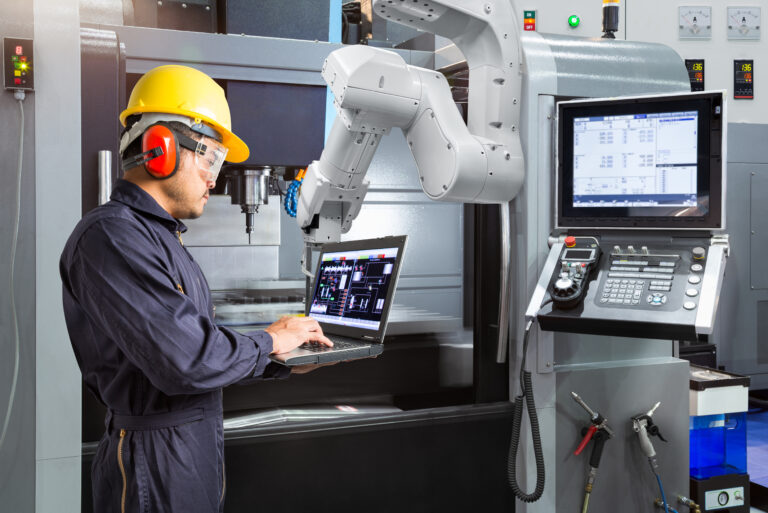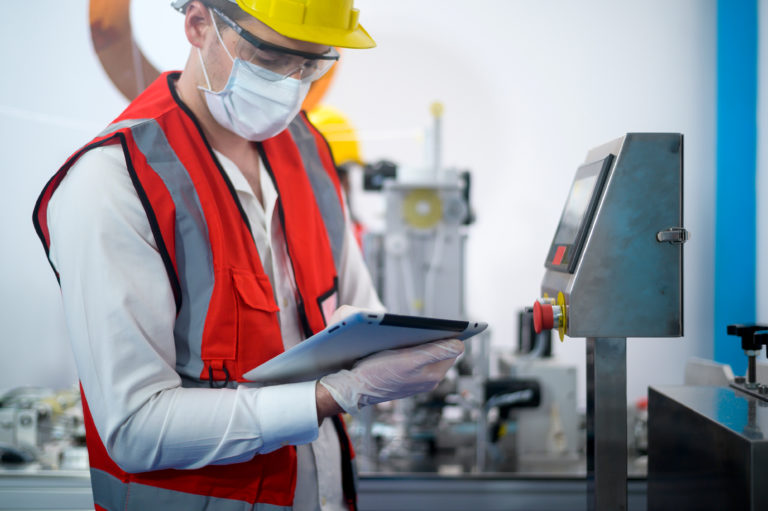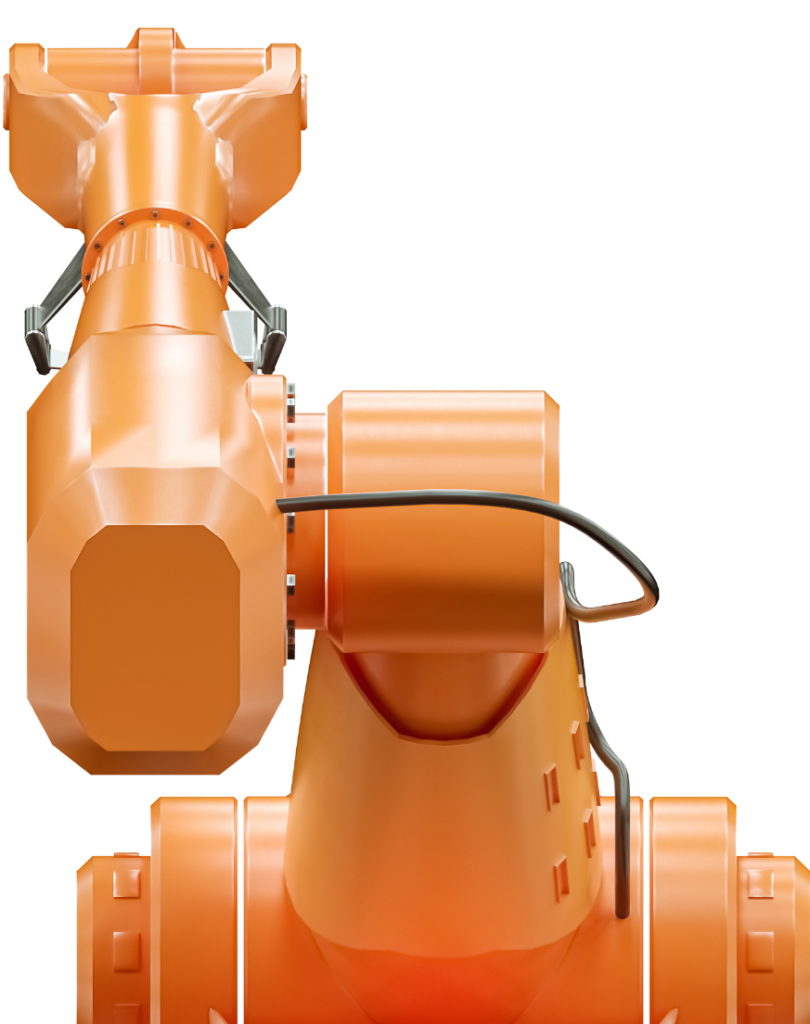Collaborative robots, or cobots, have been growing in popularity among manufacturing and industrial companies looking to improve quality, reduce tedium for workers, and gain efficiencies. According to Design News, “collaborative robots are expected to maintain a double-digit growth rate in terms of both revenue and shipments… Growth for all other types of industrial robots is either negative or flat.” And while all robots will likely experience growth as we move into 2021 and beyond, we expect cobots to continue their strong trend.
Now with an ongoing global pandemic and its effects on workers, these compact and lower-priced machines are even more attractive to employers. Here are four ways cobots can support companies during the COVID-19 pandemic and into the future.
1. As a Source of On-demand Back-up

Because they’re easy to program and accept a range of end-of-arm-tools, cobots provide much needed back-up, even on short notice. They can fill in for workers who need time off due to illness, quarantine/isolation, caring for family member, or government restrictions on business operations.
Cobots can directly substitute for humans on some tasks (e.g. palletizing, machine tending) and collaborate with them on others to make complex operations feasible with fewer workers (e.g. packaging, assembly).
2. For More Flexibility Now and Later
Even with vaccines in early phases of distribution, the pandemic won’t shut off like a light switch. It’s far more likely to taper off over several months, which means the need to fill in workforce gaps won’t go away entirely. Cobots’ inherent flexibility and simplified programming make them easy to retool and redeploy for different tasks.
But they can just as easily be permanently stationed on a single activity where they give the biggest benefit. Knowing that your in-house staff can change how a cobot is used saves time and money for re-engineering. That means you’ll probably always have a job for your cobot, which maximizes its uptime, which in turn maximizes ROI.
3. To Maintain or Boost Production
As we’ve said before, automation doesn’t have to be all-or-nothing. Even partially automated processes confer great benefits to manufacturers. Robot-assisted work allows companies to keep up with production quotas or make up losses due to a limited or unpredictable workforce. For example:
- The greater precision, accuracy, and speed of automated production or component prep translates to less scrap and rework and a more efficient process in the bigger picture.
- Quick programming and tool variety helps ease the transition to new or different products without hiring more staff or extensive retraining.
- Because they excel at repetitive tasks, cobots have helped some companies get ahead by adding off-hours shifts with skeletal staff to oversee machines.
4. For Cost-Effective Reshoring
Due to the global nature of the pandemic, the health of workers in other countries can impact US supply chains. Strategic deployment of cobots and other forms of automation can save money on labor costs and allow for reshoring some work, especially for high-demand items like personal protective equipment (PPE) and medical devices. Despite higher US wages, costs remain competitive if they’re offset by money saved through automation.
Cobots are game-changers for businesses of all sizes. By investing in this and other automation technology, you’ll stay productive now and be ready for whatever comes next (and there’s always something!). If you’re curious to learn what cobots and other automation technology can do for you, please contact us – we’re here to help.



